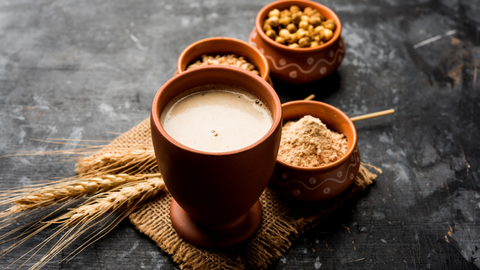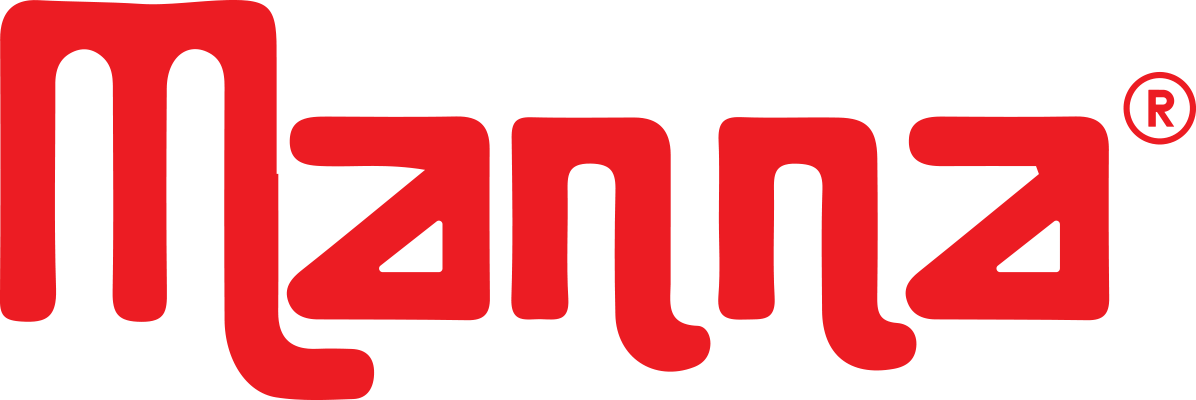
Buy Now
Our Healthy Products
Rs. 99.99
Product title
Rs. 99.99
Product title
Rs. 99.99
Product title
Rs. 99.99
Product title
Rs. 99.99
Product title
Rs. 99.99
Product title
Rs. 99.99
Product title
Rs. 99.99
Product title
